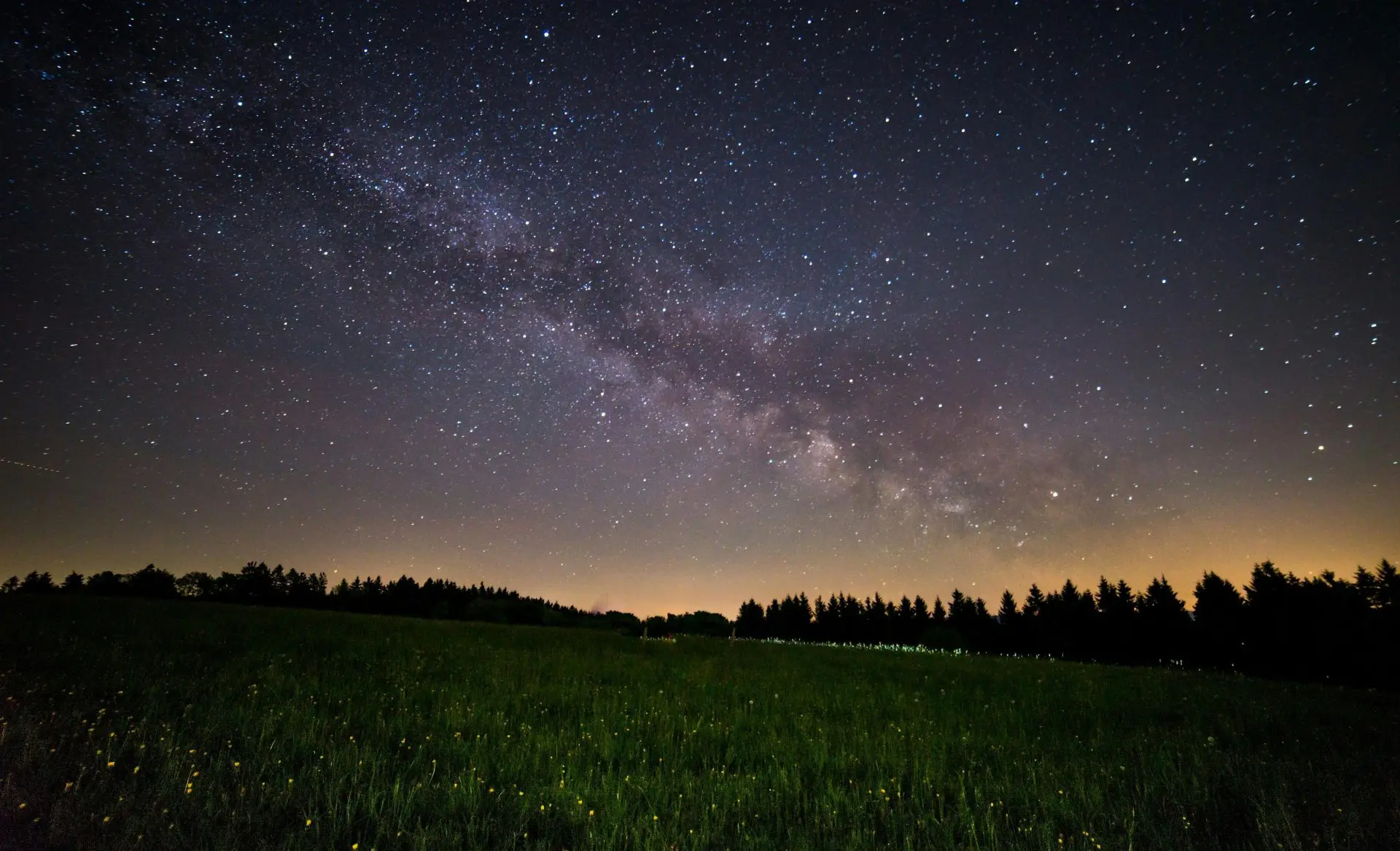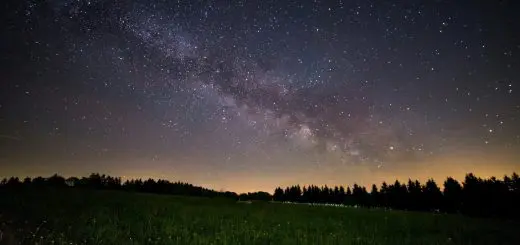Nymphs and Dryads: Nature Spirits of Myth

Looking for more amazing products? Check out our online store and explore our collection here! Happy shopping!
Before diving in, please note: This post is for informational purposes only. If you’d like to know more about how we approach topics, feel free to check out our friendly Disclaimer Page.
Hey there, amazing readers! 
We’re committed to delivering quality posts, and your support (even just sticking around despite the ads) means everything to us. So, bear with us, and thanks for helping us keep the good vibes rolling. Now, on to the fun stuff!
TRANSLATE BUTTON AT THE END OF THE ARTICLE
A Quick Overview: Introduction to Nature Spirits
Nature spirits have long been a captivating aspect of various mythologies and folklore around the world.
Among these enchanting beings, nymphs and dryads hold a special place as guardians and embodiments of the natural world.
These mystical creatures are often depicted as beautiful maidens who inhabit forests, rivers, mountains, and other natural landscapes.
Nymphs are known for their connection to specific natural elements, while dryads are specifically linked to trees.
Throughout history, these nature spirits have inspired countless stories, artworks, and even conservation efforts aimed at preserving the beauty of our natural environment.
What are Nymphs?
Nymphs are mythical creatures in Greek and Roman mythology who are closely associated with nature.
These semi-divine beings are considered spirits of specific natural features, such as forests, mountains, meadows, and bodies of water.
Nymphs are often depicted as beautiful maidens with a deep connection to the environment they inhabit.
They are known for their grace, charm, and sometimes mischievous nature.
Nymphs are believed to possess immortality but can perish if their natural habitat is destroyed or desecrated.
Types of Nymphs in Mythology
In Greek mythology, there are various types of nymphs, each associated with a specific aspect of nature.
Some of the most well-known types include:
Naiads: Water nymphs who inhabit rivers, streams, and lakes.
Dryads: Tree nymphs who are guardians of the forests.
Oreads: Mountain nymphs who dwell in the high peaks.
Nereids: Sea nymphs who accompany the god of the sea, Poseidon.
Hamadryads: Oak tree nymphs who are born and die with their tree.
Each type of nymph has its unique characteristics and responsibilities within the natural world, reflecting the diversity and interconnectedness of nature.
Characteristics of Nymphs
Nymphs are often described as youthful, beautiful maidens with an otherworldly aura.
They are known for their close relationship with nature and their ability to communicate with animals and plants.
Nymphs are said to possess supernatural powers, such as the ability to heal, prophesize, and influence the weather.
These enchanting beings are depicted as carefree and joyful, dancing and singing in the woods or by the water’s edge.
Despite their ethereal nature, nymphs are also known to be fiercely protective of their natural habitats and will punish those who harm the environment.
The Role of Dryads
Dryads are a specific type of nymphs who are associated with trees, particularly oak trees in Greek mythology.
These tree spirits are believed to embody the spirit of the tree itself, sharing a deep bond with the natural world.
Dryads are considered the protectors of the forests, watching over the trees and wildlife within their domain.
They are known to be shy and elusive, rarely interacting with humans unless provoked or threatened.
Dryads are deeply connected to the life cycle of their tree and will perish if the tree is destroyed.
How Dryads Differ from Nymphs
While all dryads are considered nymphs, not all nymphs are dryads.
Nymphs encompass a broader category of nature spirits associated with various natural elements, while dryads specifically refer to tree nymphs.
Dryads are unique in their intimate connection to a single tree, which serves as their life force.
Unlike other nymphs who may roam freely between different natural landscapes, dryads are bound to their tree and will suffer if it is harmed in any way.
This close bond between dryad and tree highlights the sacred symbiosis between nature spirits and the environment they inhabit.
Legends and Stories Involving Nymphs
Throughout mythology and folklore, nymphs play a significant role in various tales and legends.
These nature spirits are often portrayed as enchanting beings who interact with gods, heroes, and mortals in both benevolent and mischievous ways.
One famous story involving nymphs is the myth of Echo, a mountain nymph cursed by the goddess Hera to only repeat the last words spoken to her.
Nymphs are also frequently depicted as companions to deities such as Artemis, the goddess of the hunt, who is often accompanied by a retinue of nymphs in the woods.
These mythical stories serve to illustrate the enduring fascination with nature spirits and their influence on the world.
The Importance of Nature Spirits
Nymphs and dryads symbolize the intrinsic connection between humans and the natural world.
As guardians of the environment, these nature spirits remind us of the importance of preserving and respecting nature’s beauty.
Through their mythical tales and representations in art, nymphs and dryads inspire awe and reverence for the earth and its ecosystems.
They embody the spirit of the wilderness and serve as ambassadors for environmental conservation and sustainability.
By honoring these nature spirits, we acknowledge our role as stewards of the planet and the need to protect and nurture the natural world for future generations.
Nymphs and Dryads in Art
The allure of nymphs and dryads has captivated artists for centuries, inspiring countless works of art across various mediums.
From classical paintings and sculptures to modern interpretations in literature and film, these nature spirits have left a lasting mark on artistic expression.
Artists often depict nymphs and dryads in idyllic natural settings, surrounded by lush foliage, sparkling waters, and ethereal light.
These representations evoke a sense of mystery, beauty, and the sublime, inviting viewers to contemplate the mysteries of nature and the divine.
Through art, nymphs and dryads continue to enchant and enchant audiences with their timeless presence and symbolic significance.
Symbolism of Nature Spirits
Nymphs and dryads symbolize the cyclical nature of life, death, and rebirth in the natural world.
As embodiments of specific natural elements, these nature spirits represent the interconnectedness of all living things and the harmony of the ecosystem.
Nymphs embody the fleeting beauty and transience of youth, while dryads signify the enduring strength and wisdom of ancient trees.
Together, they remind us of the delicate balance between humanity and nature, urging us to respect and protect the environment for the well-being of all beings.
Nymphs and dryads serve as powerful symbols of the earth’s resilience and the importance of living in harmony with the natural world.
Conservation Efforts for Nature
In recent years, there has been a growing awareness of the need to protect and preserve the natural environment for future generations.
Conservation efforts aimed at safeguarding forests, rivers, mountains, and other natural habitats have become increasingly crucial in the face of environmental challenges such as deforestation, pollution, and climate change.
Nymphs and dryads serve as potent symbols for these conservation efforts, inspiring people to take action to safeguard the beauty and diversity of the natural world.
By advocating for sustainable practices, habitat restoration, and environmental education, we can ensure that future generations will continue to be enchanted by the wonders of nature and the spirits that dwell within.
Conclusion: Nymphs and Dryads Today
In conclusion, nymphs and dryads continue to be celebrated and revered as nature spirits of myth, embodying the magic and mystery of the natural world.
These enchanting beings serve as reminders of our interconnectedness with the environment and the importance of preserving the earth’s beauty and biodiversity.
Through art, literature, and conservation efforts, we can honor the legacy of nymphs and dryads and work towards a sustainable future where nature spirits thrive alongside humanity.
By embracing the wisdom and symbolism of these mythical creatures, we can unlock a deeper appreciation for the wonders of the natural world and our role in protecting it for generations to come.

The Enlightenment Journey is a remarkable collection of writings authored by a distinguished group of experts in the fields of spirituality, new age, and esoteric knowledge.
This anthology features a diverse assembly of well-experienced authors who bring their profound insights and credible perspectives to the forefront.
Each contributor possesses a wealth of knowledge and wisdom, making them authorities in their respective domains.
Together, they offer readers a transformative journey into the realms of spiritual growth, self-discovery, and esoteric enlightenment.
The Enlightenment Journey is a testament to the collective expertise of these luminaries, providing readers with a rich tapestry of ideas and information to illuminate their spiritual path.
Our Diverse Expertise
While our primary focus is on spirituality and esotericism, we are equally passionate about exploring a wide range of other topics and niches 

To ensure we provide the most accurate and valuable insights, we collaborate with trusted experts in their respective domains 
Our blog originally focused on spirituality and metaphysics, but we’ve since expanded to cover a wide range of niches. Don’t worry—we continue to publish a lot of articles on spirituality! Frequently visit our blog to explore our diverse content and stay tuned for more insightful reads.
Hey there, amazing reader! 
Check out our store here and take a peek at some of our featured products below! Thanks for being awesome!












